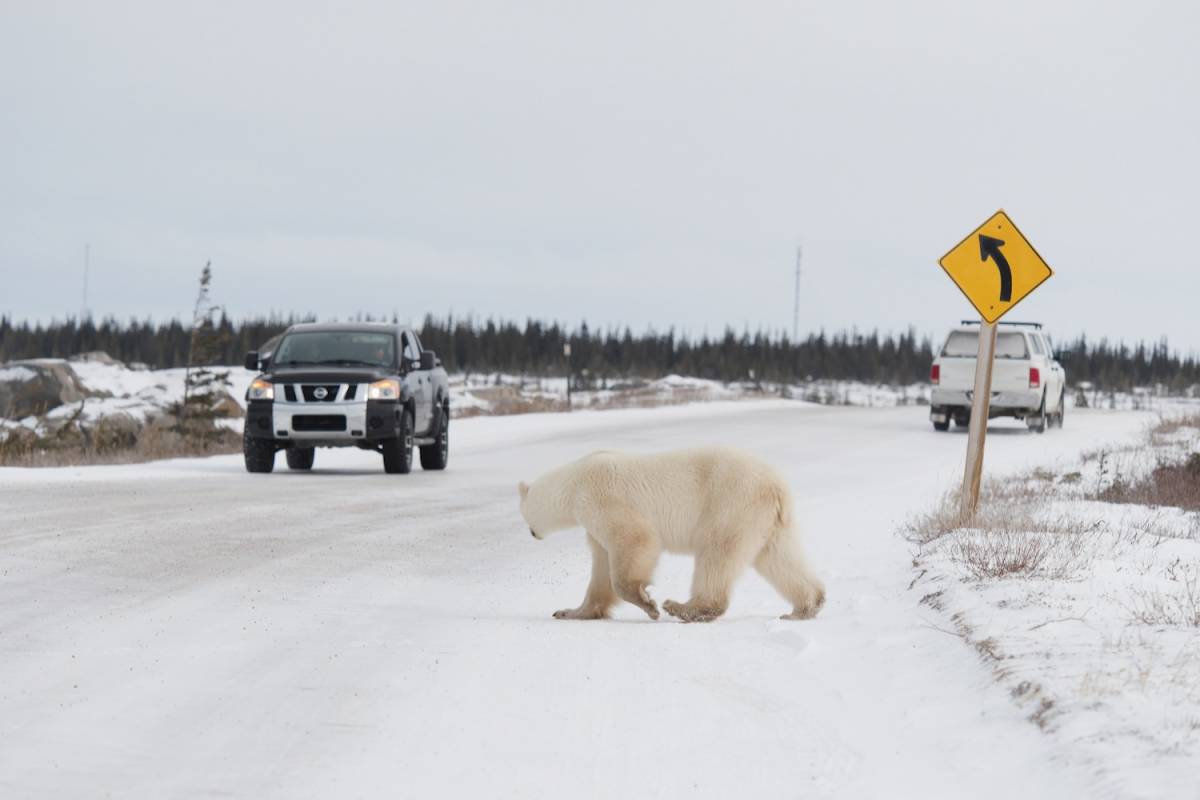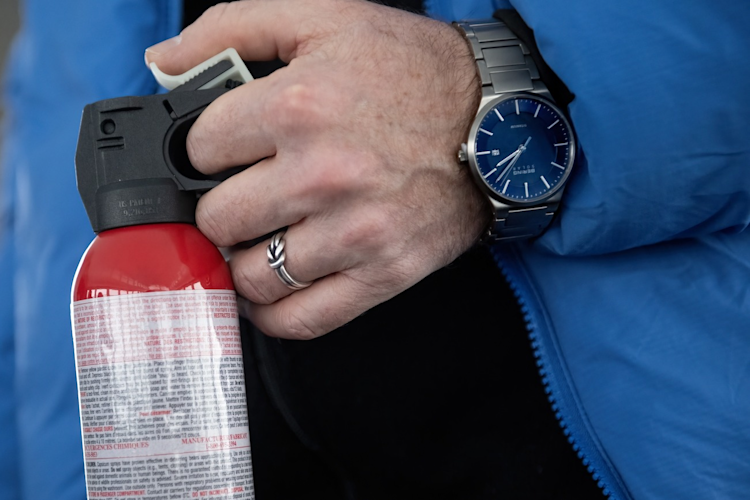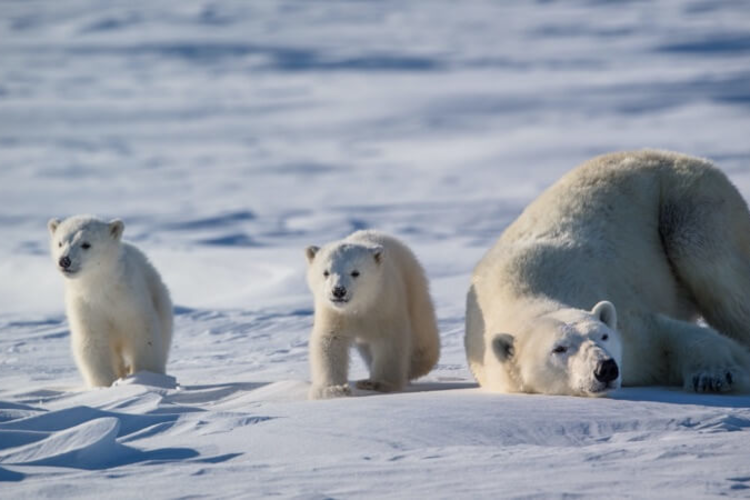You mentioned deterrents. Nonlethal deterrents like bear spray, flares, and the like can be expensive and hard to procure. Is that part of Polar Bears International’s role, to help get them into remote communities?
I think our role in these communities has three stages. One is the communities themselves simply expressing interest. Two is setting up meetings with those communities to speak with them face to face and ask what their concerns are. And three is doing what we can on the solutions front.
And some of that means supplying tools, including working through red tape. In Canada, bear spray is generally not available in the North. Cans of spray are considered dangerous goods and difficult to ship into remote areas. The same for flares. So, we can help folks with the cost but also with the bureaucracy of getting some of these tools in the North. It’s the same in Norway, where we’re working with people to consider increased deterrent options. In Norway, bear spray is illegal to carry as it's considered a weapon. There may be legislative ways around that; there can be a special dispensation made for specific areas and specific uses, like Svalbard and polar bears if there is enough interest.
Related to that is the need to hold training sessions on how to properly use deterrents, something we do with our own staff as well as with communities that express interest.
Is eliminating attractants – for example, Churchill closing its open-air dump – the first step for any community wanting to deter polar bears?
I would say step number one is always carry a deterrent or two and know how to use them. Because sometimes people are just out on the land, and you might be doing everything right, but still stumble across a bear at close range. And being comfortable in that situation, and ideally able to de-escalate that safely for everybody is priority number one.
Second on that list is securing food rewards and reducing attractants. There was an elder in a meeting we had on coexistence several years ago, who brought up a very good point: that communities are by their very nature attractants to polar bears. And he's right. When you think of the totality of smells around human activity from us, our foods, and our vehicles – all that stuff smells interesting to polar bears. And we have exhaust fans in our houses that send the smell of whatever tasty thing we're making on the stove outside. So, I think there are always going to be attractants in communities and camps, but what we really need to do is make sure that if a polar bear is curious and comes over and checks things out, it does not get a food reward. Because once that happens, it's like a switch is flipped; that bear will remember getting easy access to something, especially if it's high calorie, and it will both try to come back and be more difficult to deter.
You have to get buy-in from communities to help with polar bear conservation. And to do that, you have to make people feel that doing so is not going to put them in danger. That being the case, is this one of the most important issues that Polar Bears International is working on?
I think it is. And I think it gets back to that responsibility of a conservation organization. If you're saying “Save the Elephants!” or “Save the Polar Bears!” you’d better be working with the people who live with those animals. The goal is for both people and wildlife to live safely with each other and thrive.
Kieran Mulvaney is a freelance writer who has written extensively about polar bears and the Arctic for publications including National Geographic, The Guardian, and The Washington Post. A native of Bristol, England, he lives in Bristol, Vermont.



















